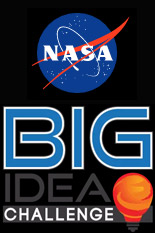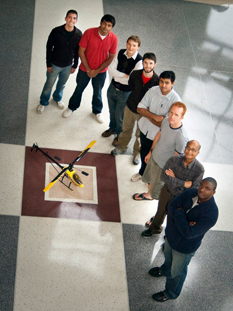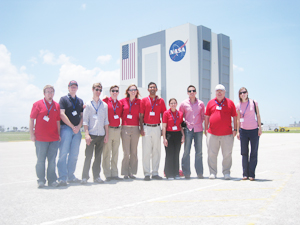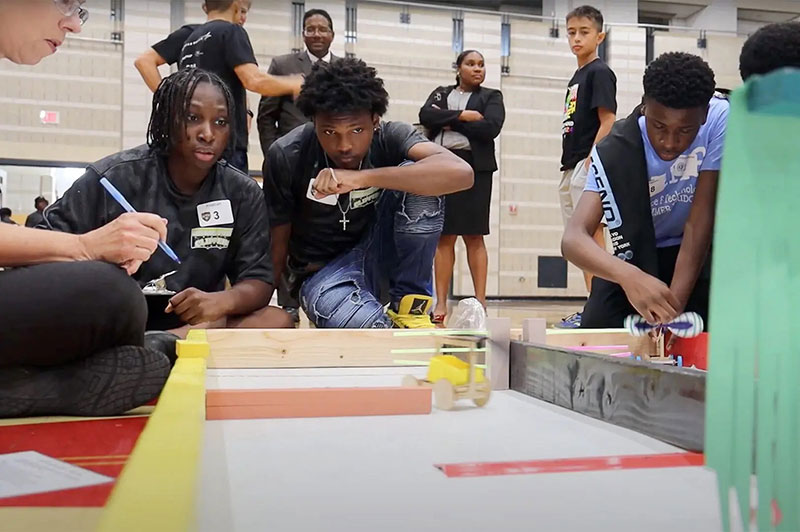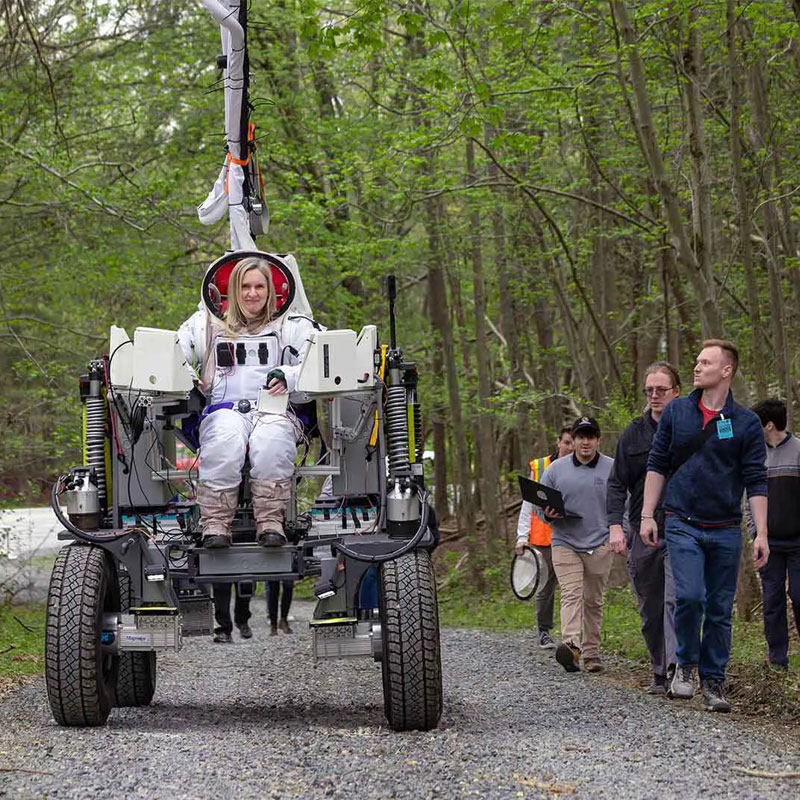News Story
Two University of Maryland Teams Selected for 2021 NASA M2M X-Hab Challenge
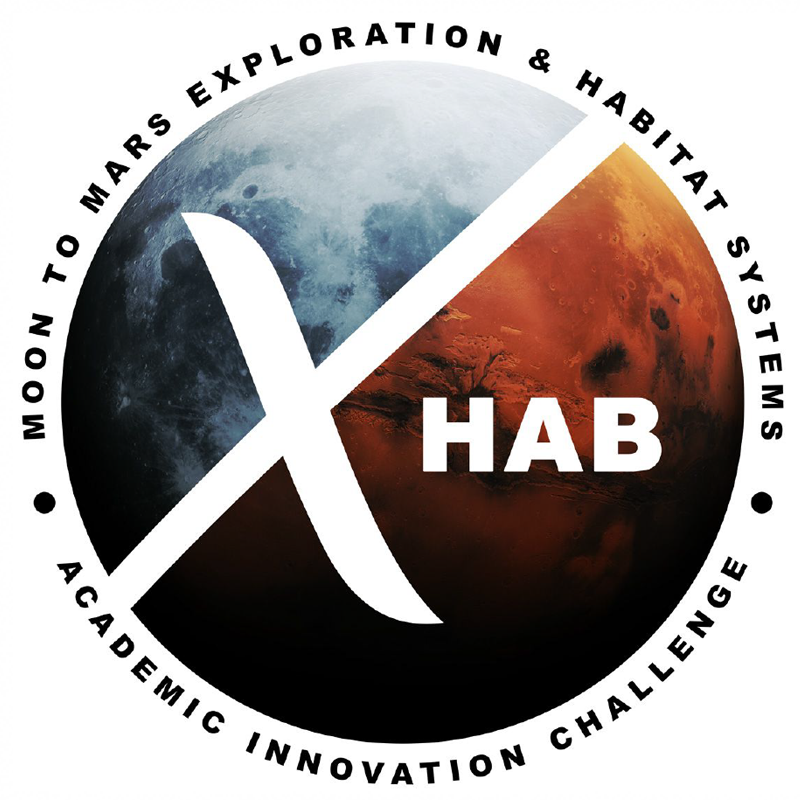
In a June 11 press release, NASA announced that two University of Maryland (UMD) teams were selected for the 2021 Moon to Mars eXploration Systems and Habitation (M2M X-Hab) Academic Innovation Challenge.
Winning teams are given monetary awards ranging from $15,000- $50,000 to assist them in designing and producing studies, research findings or functional prototypes that help bridge strategic knowledge gaps, increase capabilities and lower technology risks related to NASA’s Moon to Mars space exploration missions.
The UMD teams will include students at all levels from freshman in Aerospace Engineering’s ENAE100 introductory seminar course to graduate students.
“These grants supply valuable resources for getting our students involved in hands-on projects of direct interest to NASA, and are wonderful motivators for design projects,” explained Associate Professor and David Akin, the faculty team advisor and director of the Space Systems Laboratory.
Students working on X-Hab projects and prototypes gain exposure to NASA’s mission critical path and learn what it truly takes to develop new technologies. Teams are required to go through the same rigorous NASA-standard assessments and reviews as other NASA engineering products.
THE UMD TEAMS
Experimental Investigation of Minimum Crew Cabin Volumes and Configurations
This team will investigate the effects of crew cabin size and configurations on operability, habitability and mission performance. The project will begin with the team completing the reconfigurable modular crew cabin simulator elements and initial 1-g testing. Next, the team will use underwater simulation tests to assess the effectiveness of cabin designs in conditions experienced in microgravity and on the Moon and Mars. The aim of this project is to examine multiple habitat configurations and perform a detailed comparative study of both horizontal and vertical habitat orientations for a variety of applications and gravity levels. ty.
Development and Testing of a Minimum-Mass Unpressurized Crewed/Autonomous Rover"
This team will investigate the design and utility of a small, unpressurized lunar rover for early human lunar missions. The rover will be small enough to fit within the limited cargo capacity of early human missions to the Moon, and will be capable of performing autonomous Earth-directed operations before the crew arrives. It will also be able to carry a single astronaut when operating under normal circumstances but will have the ability to carry two astronauts in contingency situations. They team will perform trade studies on vehicle design and configuration, wheel-soil interactions, suspension and steering systems, and automation sensors and algorithms leading to a detailed design for a prototype rover.
“The level of creativity and out of the box thinking at the collegiate level is astounding,” said John Guidi, deputy director for NASA’s Advanced Exploration Systems (AES) division in NASA’s press release. “This challenge allows NASA to leverage these novel ideas and innovations while providing the university students—our future space professionals—hands-on design, research, development, and manufacturing experience.”
This is the third time NASA selected two UMD teams in a given year to compete in an X-Hab challenge.
The M2M X-Hab 2021 Academic Innovation Challenge is a university-level challenge run in partnership between NASA and the National Space Grant Foundation.
Published June 11, 2020
